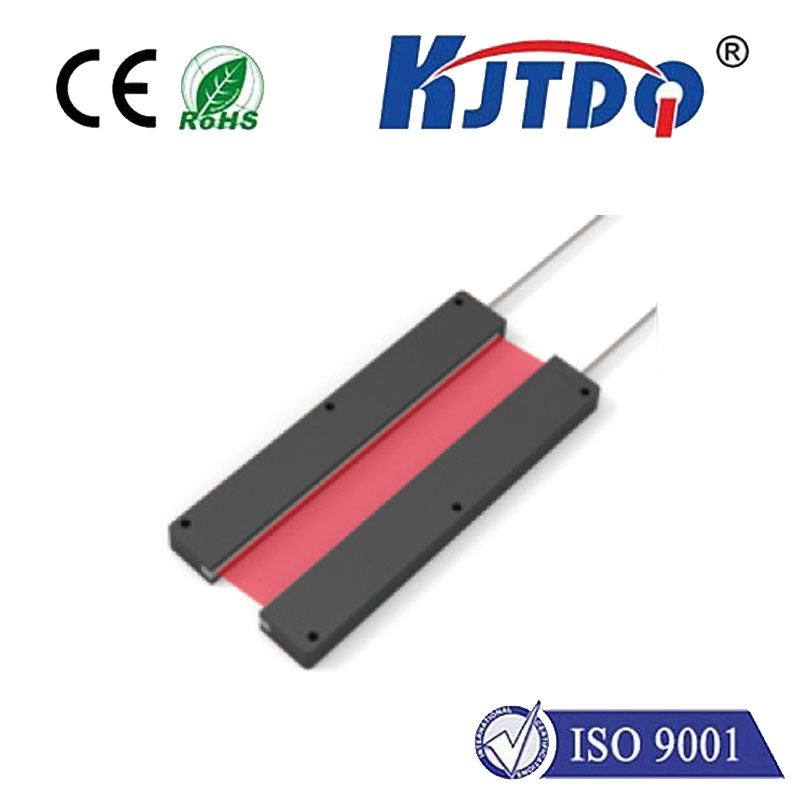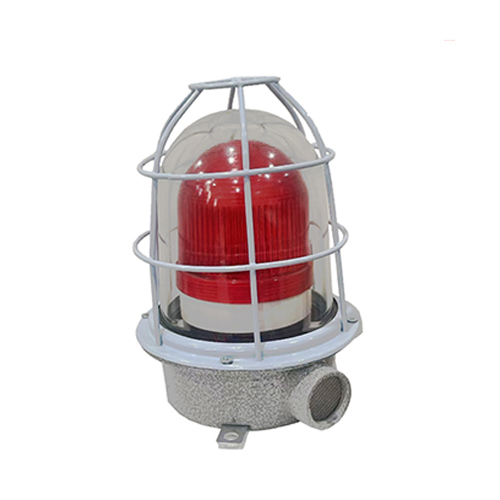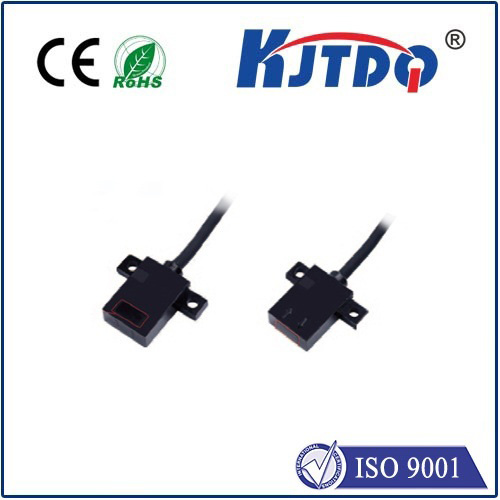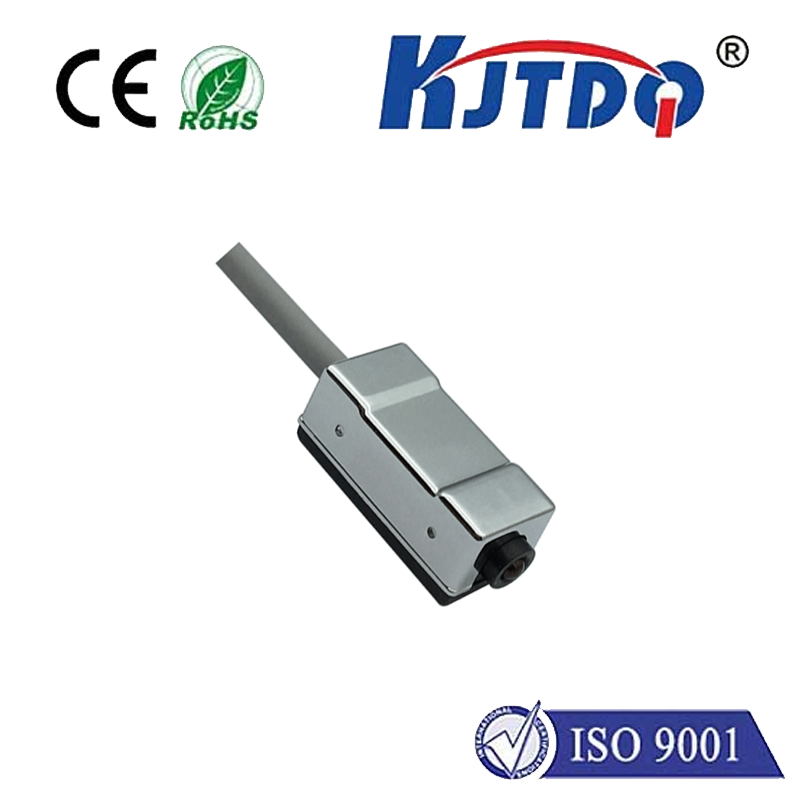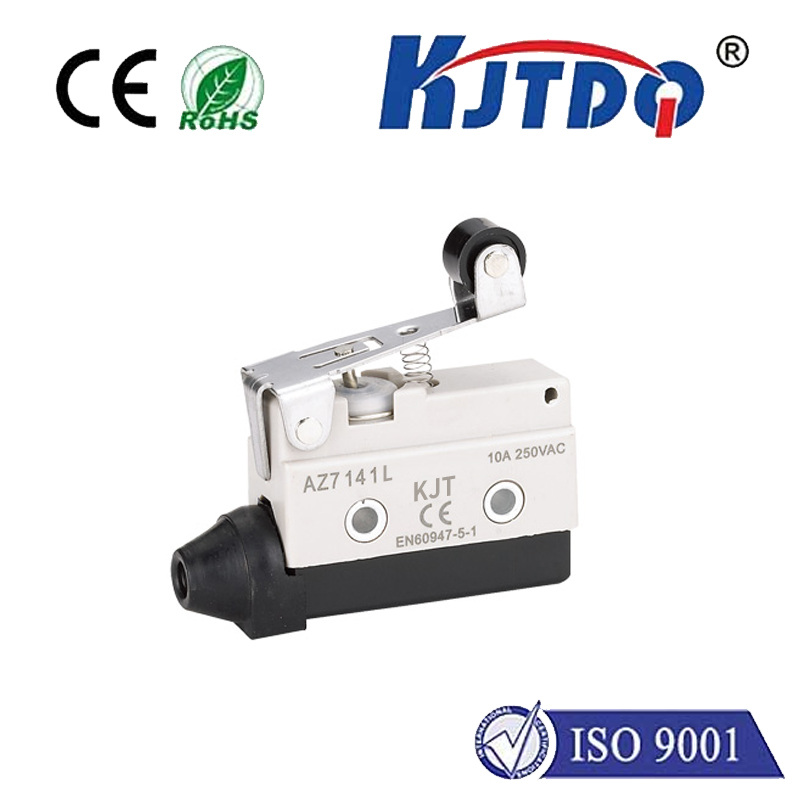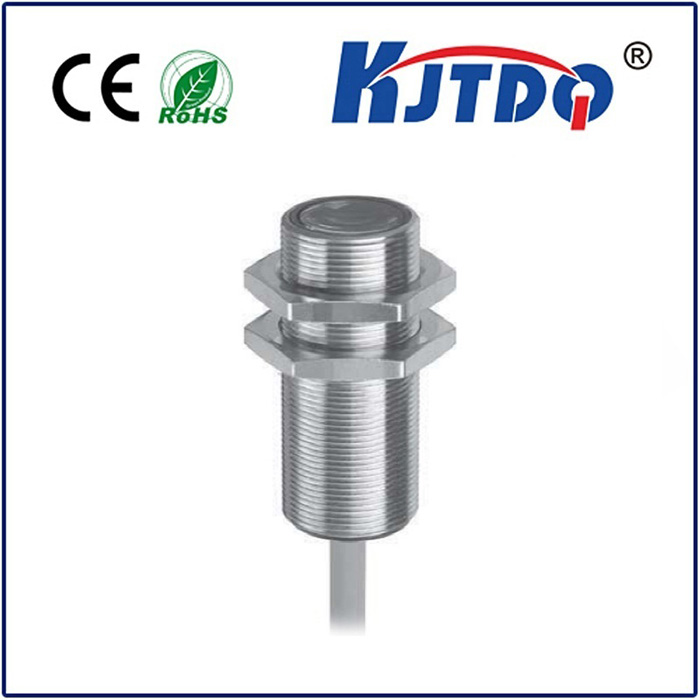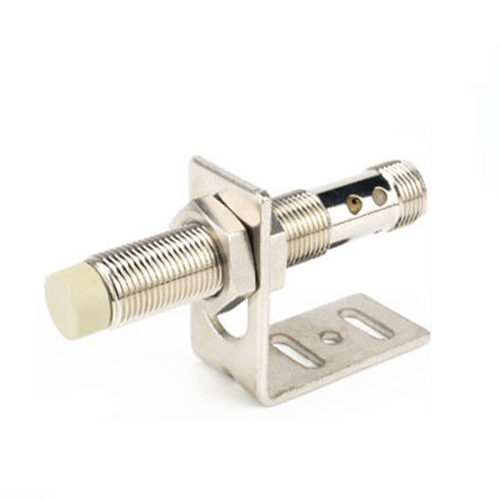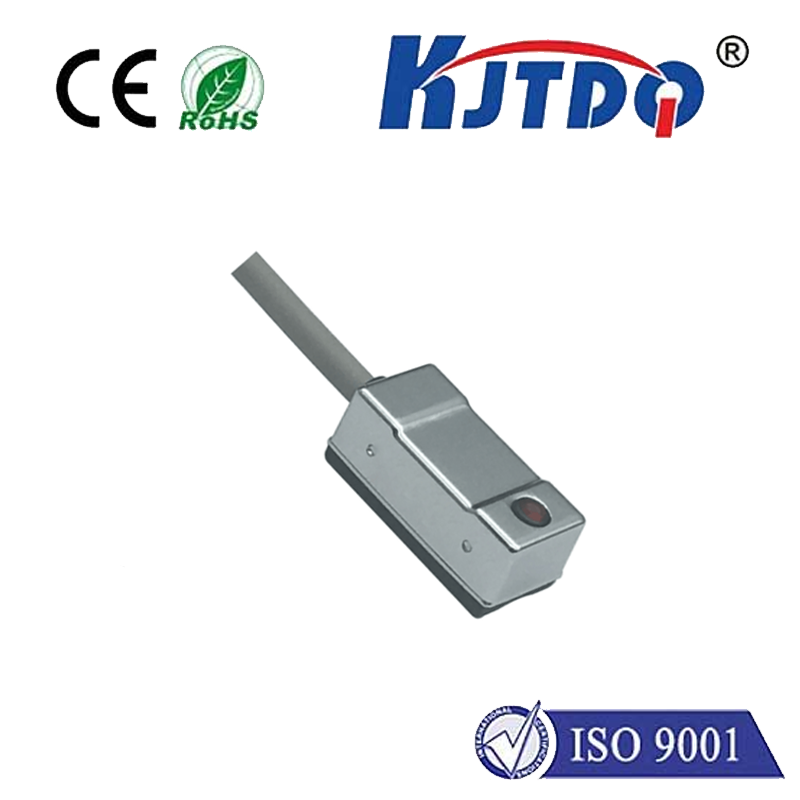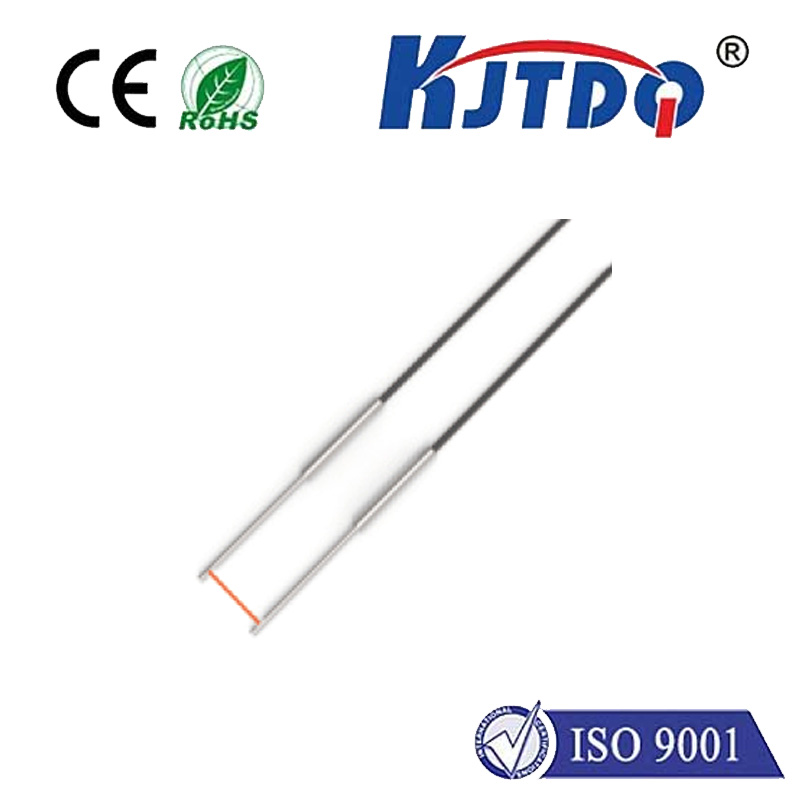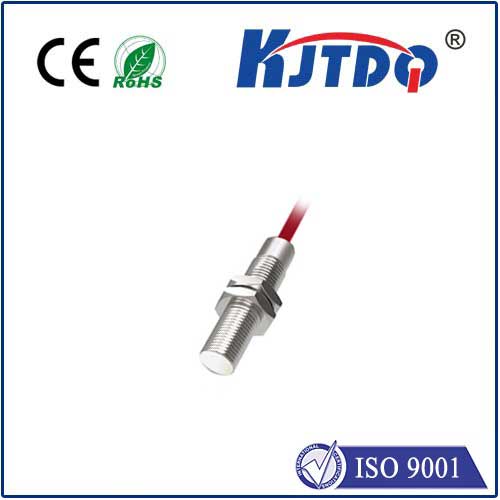BES02H5 proximity sensor
- time:2025-10-02 00:46:11
- Click:0
The BES02H5 Proximity Sensor: Your Key to Smarter, Contactless Detection
Imagine the intricate dance of an automated assembly line. Parts whiz by, robotic arms move with astonishing precision, and productivity hums. But what keeps it all flawlessly synchronized? How does the system know the precise moment a metal component arrives for processing, or when an automated door should slide open? The silent hero enabling this seamless interaction is often a humble yet powerful device: the proximity sensor. And in the demanding world of industrial automation, models like the BES02H5 stand out as reliable workhorses for critical non-contact detection.
Gone are the days when physical contact was the only way to sense an object’s presence. Mechanical switches wore out, introduced friction, and limited speed. Proximity sensors revolutionized this. They detect the presence or absence of an object within their sensing field without any physical touch. This translates to reliability, longevity, and high-speed operation. Whether it’s counting cans on a conveyor belt, confirming cylinder position, or triggering safety guards, proximity sensors like the BES02H5 are the invisible eyes ensuring smooth operation.
So, what makes the BES02H5 a compelling choice? Let’s delve into its core features and the benefits they deliver:

- Non-Contact Inductive Sensing (Likely): While specific datasheets are crucial for absolute confirmation, sensors designated “BES” often imply inductive technology. This means the BES02H5 primarily detects metallic objects. When a metal target enters its electromagnetic field, it induces eddy currents, altering the sensor’s internal oscillation. This change triggers its output signal. The key benefits?
- No Wear and Tear: No physical contact means minimal mechanical degradation.
- High Switching Frequencies: Ideal for rapidly moving targets on high-speed lines.
- Robustness: Immune to dirt, dust, oil, and other environmental contaminants (within its rating).
- Sensing Range: A proximity sensor’s effective distance is paramount. While the exact range depends on factors like target material (e.g., steel vs. aluminum) and size, sensors like the BES02H5 typically offer reliable detection ranges in the low to medium range (e.g., millimeters to a few centimeters). This benefit:
- Enables Precise Positioning: Accurate detection at specific points in a machine cycle.
- Prevents Accidental Triggering: Minimizes false signals from objects outside the intended sensing zone.
- Output Configuration: Flexibility is key. The BES02H5 typically comes with variants featuring different outputs:
- Digital Outputs: Simple “on/off” signals (often NPN or PNP transistor types) are standard, easily interfacing with PLCs and controllers. This benefit:
- Simplified Integration: Plug-and-play compatibility with most industrial control systems.
- Analogue Outputs (Potential Variant): Some models might offer analogue outputs (e.g., 4-20mA, 0-10V) proportional to distance, useful for precise positioning or monitoring. The benefit:
- Continuous Feedback: Provides more granular information beyond simple presence/absence.
- Compact and Rugged Housing: Engineered for demanding environments, the BES02H5 likely features a robust, often threaded metal housing (e.g., M8, M12, M18, M30). This delivers crucial benefits:
- Space-Saving Installation: Fits into tight spaces on machinery.
- High Ingress Protection (IP Rating): Look for ratings like IP67 or IP68, meaning it’s highly resistant to dust and water ingress, suitable for harsh factory floors, washdown areas, or outdoor use.
- Vibration and Shock Resistance: Withstands the rigors of industrial applications.
- LED Status Indicator: A small but vital feature. An integrated LED visibly indicates the sensor’s state (e.g., power on, target detected), offering a significant benefit:
- Simplified Commissioning and Troubleshooting: Allows for quick verification of operation and diagnosis of issues without complex tools.
Where Does the BES02H5 Shine? Practical Applications:
The BES02H5 proximity sensor finds its home anywhere reliable, non-contact detection of metal objects is essential. Think about:
- Automated Assembly & Machining: Detecting parts on pallets, confirming fixture positions, tool change verification, end-of-stroke detection for cylinders.
- Material Handling & Packaging: Monitoring conveyors (object presence, counting), detecting product height or position for sorting/gating, controlling filling levels near metal components.
- Robotics: Position feedback for robot arms and end effectors, confirming part pickup/drop-off.
- Automotive Manufacturing: Detecting presence of metal workpieces in welding stations, paint booths (with appropriate ratings), or assembly jigs.
- Machine Safety: Used as part of safety circuits to confirm guards are closed before machinery starts.
Choosing the Right Sensor: Why BES02H5?
Selecting a proximity sensor involves considering factors like the required sensing range, target material, environmental conditions, required output type, and mounting constraints. The BES02H5 represents a mature design known for:
- Proven Reliability: A track record in demanding industrial settings.
- Sensor Standardization: Often conforms to common sizes and electrical interfaces (like NPN/PNP), making replacements and sourcing straightforward.
- Cost-Effectiveness: Delivers robust performance at a competitive price point for industrial applications.
- Vendor Support: Widely available through major industrial automation suppliers.
Integrating for Success:
While the BES02H5 proximity sensor is designed for straightforward integration, always adhere to manufacturer specifications. Key considerations include:
- Power Supply Voltage: Ensure compatibility (e.g., 10-30V DC is common).
- Wiring: Correctly connect the power supply, load, and ground according to the output type (NPN sinking vs. PNP sourcing). The datasheet is your guide.
- Mounting: Secure the sensor firmly, ensuring the target approaches the sensing face correctly (usually axially). Account for the specified flush or non-flush mounting capability.
- Target Material and Size: Remember, inductive sensors are optimized for ferrous metals; sensing distance reduces significantly for non-ferrous metals like aluminum or brass. Ensure the target is large enough to trigger the sensor reliably.
The BES02H5 proximity sensor exemplifies the vital role dependable sensing plays in modern automation. Its non-contact operation, robust construction, and adaptability make it an essential component for countless applications requiring precise detection of metal targets. By understanding its capabilities and integrating it correctly, engineers and technicians unlock greater efficiency, enhanced reliability, and smoother operation across a vast spectrum of industrial processes. It’s not just a sensor; it’s a fundamental building block for intelligent, responsive machinery.






